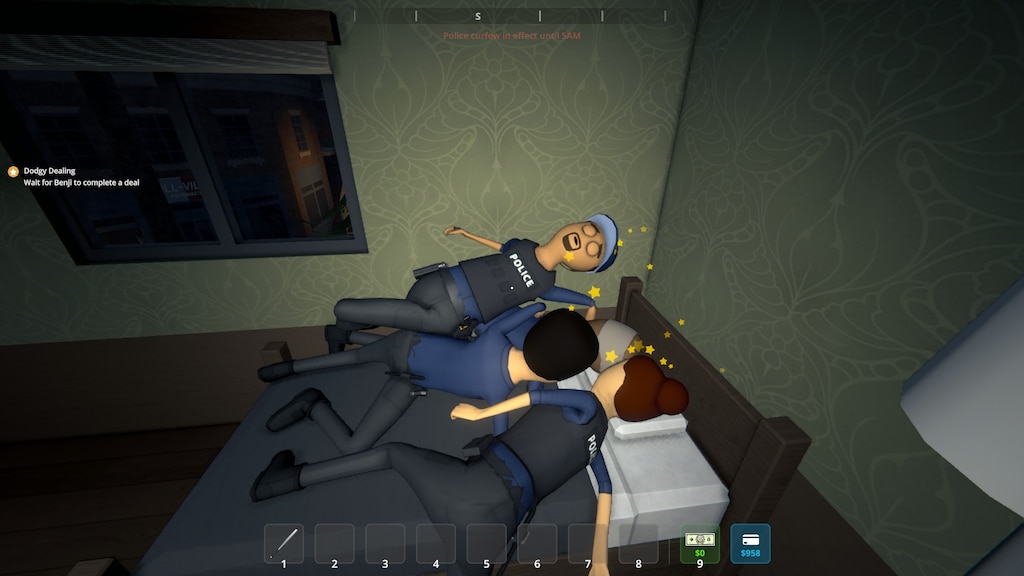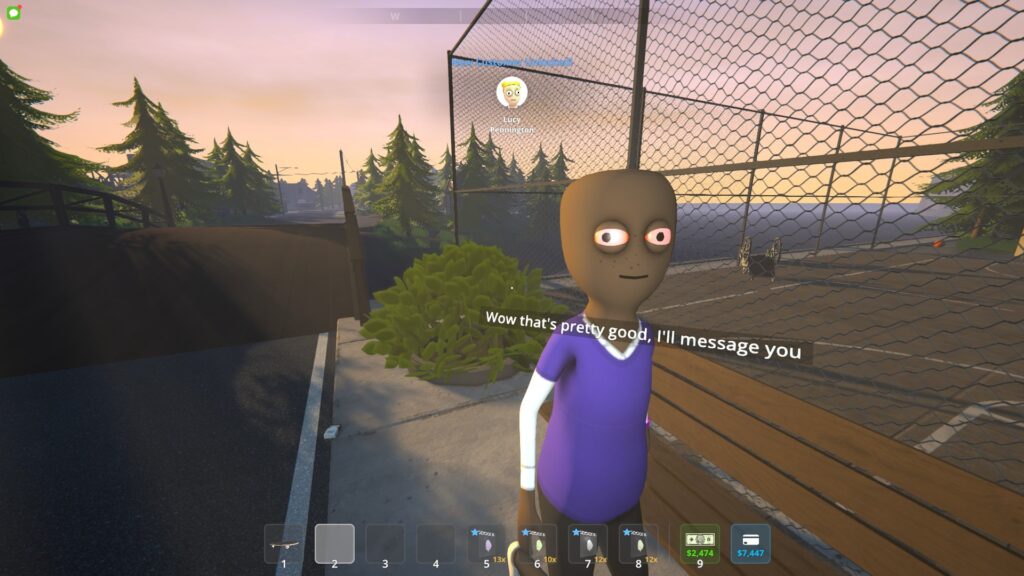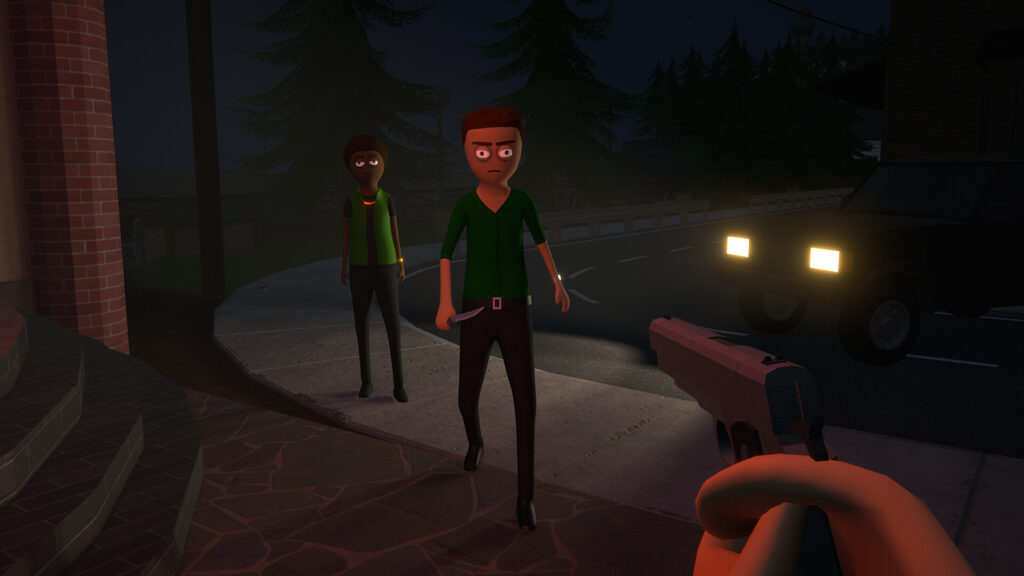Popular Now
Schedule I isn’t just a psychological horror game—it’s a mind-warping descent into fractured reality. Among its most compelling mechanics is how it manipulates the player’s perception of the game world with each level. This isn’t merely aesthetic or environmental; it’s a deliberate reconfiguration of logic, memory, and orientation that becomes progressively more disorienting. This article explores how Schedule I handles the player’s sense of reality across ten significant levels, examining the layered mechanics, environmental storytelling, and the subtle shift from objectivity to subjectivity.
Level 1: The Lab — Setting a Fragile Foundation

The game opens in a sterile yet unsettling lab environment—a familiar space for players, grounded in reality but infused with tension. Computers buzz, fluorescent lights hum, and everything seems vaguely off. This level serves as a reference point for the world before fragmentation begins.
In the lab, interaction is logical. Switches work as expected. Audio logs explain project details, and your objectives are clear. The player learns the rules here—but these rules are made to be broken.
Lighting, textures, and symmetrical layouts contribute to a false sense of stability. This contrast becomes important later when the game’s environments devolve into illogical geometries.
Level 2: The Loop Hall — Repetition and the First Cracks
After leaving the lab, players find themselves in a looping hallway where doors reappear and reorient the camera subtly. The level forces players to question their sense of direction.
This is where Schedule I starts pulling away from conventional design. Players are tasked with identifying subtle changes in each loop: a missing frame, reversed writing, or a new shadow.
By training players to expect change, the game begins conditioning a sense of hyper-awareness—a key component in later levels.
Level 3: The Echo Rooms — Dialogue Repetition and Voice Displacement

Rooms that look like bedrooms or offices are entered in sequence, but each contains audio logs that begin repeating with subtle variation.
Words are tools of stability. When they degrade—through glitches, reversed audio, or conflicting voice lines—the player loses a tether to meaning.
At this stage, the player begins questioning what the protagonist actually hears. Are the voices external stimuli, or internal hallucinations?
Level 4: The Mirror Core — Identity Shattering Begins

In a dark, mirrored corridor, reflections become delayed, inconsistent, or disappear entirely. In one moment, the player sees themselves move—but they did not move.
Reflection mechanics in Schedule I are a turning point. The player realizes their avatar might not be a fixed entity, and that they might be playing as more than one consciousness.
This level serves to destabilize the player’s physical orientation. If your reflection lies to you, can your body be trusted?
Level 5: The Faux Apartment — Liminal Familiarity
The player arrives at a seemingly normal apartment. However, each time they return to a room, objects rearrange themselves, clocks run backwards, and photos become increasingly grotesque.
This level uses subtle domestic realism to amplify discomfort. Players are more disturbed by small distortions in the ordinary than they are by full-blown horror.
The game begins using puzzles that require remembering object positions—but changes them mid-solve, gaslighting the player in the process.
Level 6: The White Stage — The Absence of Detail

All color, texture, and objects are stripped away. The player navigates an entirely white space with only ambient sound cues.
This stage inverts the visual distortion of previous levels. Rather than overwhelming the senses, it removes them.
A single footstep echo or a subtle hum guides the player. It’s a lesson in trust—of instinct over visual input.
Level 7: The Confessional Maze — Fragmented Truths
Players navigate through a maze of therapy booths or confessional boxes, where distorted voices reveal contradictory memories or personal truths.
What once felt like external exposition becomes internal unraveling. Each booth suggests an alternative past.
The player is given multiple objectives simultaneously—some conflicting. Completing one might erase another, introducing moral ambiguity and confusion.
Level 8: The Reconstructed Lab — Return to Familiarity, or Not

A warped recreation of the original lab reappears. Everything seems off—the layout is reversed, text is mirrored, and characters from logs are now NPCs.
This "return" reveals how far the player has strayed from reality. The game simulates safety to see if you’ll let your guard down.
Dialogue trees contain broken language or contradictory paths, creating feedback loops. Interacting can cause time to skip or freeze.
Level 9: The Static Realm — When Everything Fails
The screen becomes layered with static noise. The game glitches intentionally—menus vanish, autosave loops, and progress appears deleted. This is the climax of perception breakdown.
The HUD becomes unreadable, and player inputs don’t respond correctly. The game begins playing itself, removing agency entirely.
The player is now made to fear the game as a system, not just a story. Crashes, fake error messages, and corrupted files blur the line between in-game failure and real-world problems.
Level 10: The Self Room — The Final Perspective
In the final stage, the player enters a blank room with a monitor showing their own gameplay footage. They’re prompted to choose whether to delete their save file or start over.
The ending choices reflect whether the player believes in their own identity. Is starting over a rebirth or denial?
This ending doesn’t clarify anything. Instead, it gives a choice—and like the rest of the game, the consequences are unclear.
Conclusion
Schedule I doesn’t just tell a story of reality slipping away—it enacts that story upon the player. Through carefully crafted environmental design, audio-visual distortion, and disintegrating mechanics, it simulates the psychological toll of losing touch with the real world. Each level is a layer peeled away from the self, stripping the player of narrative stability, sensory grounding, and ultimately, control. The game becomes a reflection of the internal chaos it attempts to represent—deeply unsettling, profoundly clever, and absolutely unforgettable.















